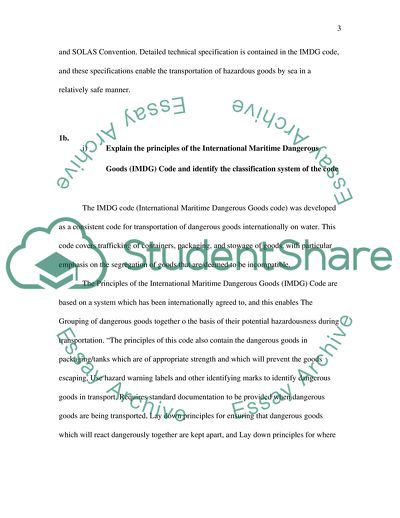Cite this document
(International Convention for the Prevention of Marine Pollution Assignment, n.d.)
International Convention for the Prevention of Marine Pollution Assignment. https://studentshare.org/environmental-studies/1726524-ship-operation
International Convention for the Prevention of Marine Pollution Assignment. https://studentshare.org/environmental-studies/1726524-ship-operation
(International Convention for the Prevention of Marine Pollution Assignment)
International Convention for the Prevention of Marine Pollution Assignment. https://studentshare.org/environmental-studies/1726524-ship-operation.
International Convention for the Prevention of Marine Pollution Assignment. https://studentshare.org/environmental-studies/1726524-ship-operation.
“International Convention for the Prevention of Marine Pollution Assignment”. https://studentshare.org/environmental-studies/1726524-ship-operation.


